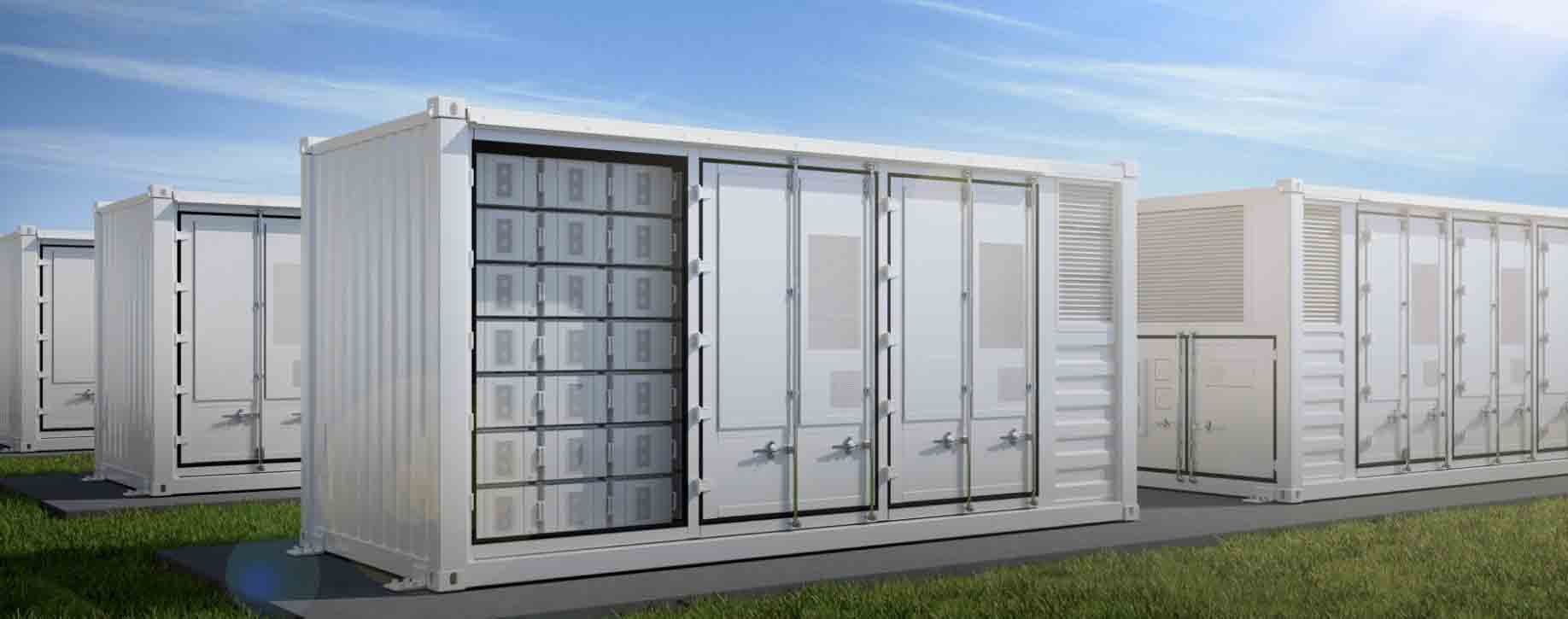
In an era where the demand for reliable and sustainable energy sources is paramount, utility companies find themselves at the crossroads of innovation. Energy Storage Systems (ESS) have emerged as a pivotal player in the energy landscape, offering a solution to the intermittent nature of renewable energy sources. As utility companies strive to balance the grid, reduce carbon footprints, and enhance resilience, the selection of the right ESS becomes a critical decision-making process.
Factors Influencing ESS Selection
Scalability
Utility companies operate on a vast scale, and any energy storage solution must be scalable to meet the dynamic needs of the grid. Scalability ensures that the ESS can adapt to increasing energy demands and accommodate the integration of additional renewable energy sources in the future.

Technology Compatibility
The technology landscape of energy storage is diverse, with options ranging from lithium-ion batteries to flow batteries, compressed air energy storage, and more. Utility companies must carefully evaluate the compatibility of the chosen ESS technology with their existing infrastructure. Compatibility ensures seamless integration and minimal disruptions during the implementation phase.
Cost Considerations
Cost remains a crucial factor in the decision-making process for utility companies. The initial investment, operational expenses, and the overall lifecycle cost of the ESS are carefully scrutinized. While some solutions may have a higher upfront cost, they may prove to be more cost-effective over the long term due to factors like durability and maintenance requirements.
Efficiency and Round-Trip Efficiency
Efficiency is a key metric in evaluating the performance of an ESS. Utility companies analyze the round-trip efficiency, which measures how much energy is retained during the storage and retrieval process. High round-trip efficiency ensures that the stored energy can be effectively utilized when needed, minimizing losses in the energy conversion process.
Environmental Impact
Sustainability is a growing concern for utility companies, aligning with global efforts to reduce carbon footprints. The environmental impact of the chosen ESS, from manufacturing to disposal, is carefully assessed. Opting for eco-friendly and recyclable materials contributes to the overall sustainability goals of utility companies.
Regulatory Compliance
The energy sector is subject to various regulations, and utility companies must ensure that the chosen ESS complies with industry standards and government regulations. Compliance not only safeguards the legal standing of the utility but also contributes to the overall stability and reliability of the grid.
Reliability and Performance
Ensuring the reliability of the energy storage system is paramount for utility companies. The ESS must consistently perform at optimal levels, providing a stable power supply to the grid. Reliability is not only about the functionality of the system but also its ability to withstand various environmental conditions and the test of time. Presenting state-of-the-art Energy Storage Solutions, Huawei stands at the forefront of innovation in the industry. Distinguished by its advanced technology, Huawei's Energy storage Solutions not only boast a superior Usable Capacity but also adhere to the highest safety standards, setting a benchmark for reliability and performance in the realm of energy storage.

Conclusion
In the intricate dance of power distribution and renewable energy integration, utility companies play a vital role in shaping the energy landscape of the future. The selection of the right Energy Storage System is a multifaceted decision that involves balancing technical specifications, financial considerations, and environmental impact. As technology continues to advance, utility companies must stay agile and adaptable, embracing energy storage solutions that not only meet their current needs but also position them for a sustainable and resilient energy future. The journey toward a greener and more efficient grid begins with the careful consideration and strategic implementation of the right ESS, marking a pivotal chapter in the evolution of the energy sector.